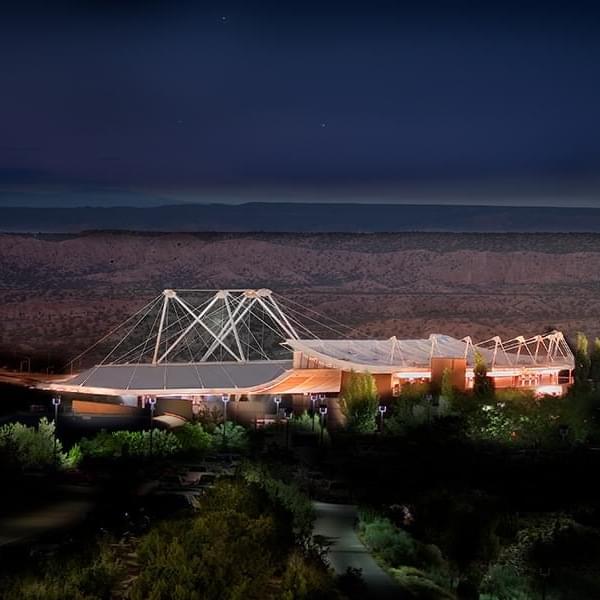
The Rake's Progress 1981
Hogarth’s engravings come to life…
…in Stravinsky’s witty moral tale of the decline of Tom Rakewell at the hands of Nick Shadow, Baba the Turk and Mother Goose.
Synopsis
Act I
The scene is set in 18th Century England. In the garden of Trulove’s country house, Anne Trulove and Tom Rakewell rejoice in the spring, which seems made for their love, while Anne’s father hopes that his fears about Tom’s future may prove unfounded. As Anne goes into the house, Tom scorns Trulove’s offer of a position, and the father assures Tom that he will not have his daughter marry a lazy man. But Tom, left alone, reveals that he will trust to luck to make his fortune. Just as Tom wishes for money, Nick Shadow appears at the gate with, so he says, good tidings for Tom Rakewell. Tom calls for Anne and her father to hear the good news: he has been left a fortune by an unknown uncle.
All rejoice in Tom’s good luck, but Nick reminds Tom that he must go to London to unravel complications in the inheritance. Tom agrees to go with Nick, retaining Nick for a year and a day, at which point he will reckon up what Nick’s services have been worth. With word of farewell, Tom leaves for London, as Nick turns to the audience: “The progress of a Rake begins.”
The second scene is Mother Goose’s brothel in London, where Nick has brought Tom in search of entertainment. At the company’s request, Tom sings a sad song. His mood is forgotten, however, when Mother Goose claims him for the night. They go off together as the crowd sings a rollicking refrain.
Back at her father’s house, Anne worries over Tom’s silence. When her father calls, she decides she will go in search of Tom, who needs her more than her father.
Artists

Jon Garrison
Tenor
Tom Rakewell

Elizabeth Hynes
Soprano
Anne Trulove

James Morris
Bass-baritone
Nick Shadow

Joseph McKee
Bass-baritone
Trulove

Clarity James
Mezzo-soprano
Mother Goose

Rosalind Elias
Mezzo-soprano
Baba the Turk

Ragnar Ulfung
Tenor
Sellem

Terence Hodges
Bass
Keeper of the Madhouse

Raymond Leppard
Conductor
(July 25; August 7 - 19)

George Manahan
Conductor
(July 29) & Chorus Master

Bliss Hebert
Director

Allen Charles Klein
Scenic Designer
Costume Designer

Craig Miller
Lighting Designer
